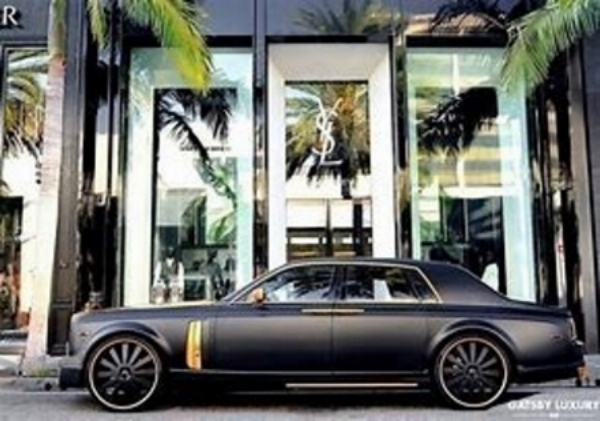Want to Save the World? Buy Better Stuff
Global warming is real and it is bad. Dan Rather told us 40 years ago that if we ignore the role of emissions on climate, we would have big problems. We did, and we do. Can’t say no one told us.
Now what? Many of us are trying to be better global citizens, but we are doing it wrong. We are trying to buy different stuff, but that is not the whole answer.
CONSUME LESS.
For a marketer, selling less is anathema. For a consumer, buying less leaves you (sadly) with a huge void. But to be a good global citizen, we need to figure this out. The most responsible choice you can make about your car is just to keep driving the one you have. Drive it 20 years. And then buy another one that will last 30.
Same with clothes. And furniture. And every thing else you buy. We are addicted to consumption, so we buy cheap stuff made in countries with little environmental regulations and then throw it out to buy more cheap stuff. (In the meantime, the regions in the US that use to make goods don’t; and their residents die from opioid addiction and heartache. But that is much too big an issue for this humble scribe to take on).
There is an opportunity here to change the paradigm. Dove wrapped a bar of soap in an inspiring campaign for beauty equality, and it moved millions. Imagine a message to buy a great product that lasts a long time, and that allows you to feel part of something much bigger. Potential to inspire? Absolutely.
Selling consumers, with a message that too much consumption is bad, is not the bunny hill of marketing. It needs to make it’s point without seeming off-putting or TOO serious, and some degree of humor/irony/lightness is essential to help the medicine go down.
But think about it. Leading a movement toward a sustainable future by staking your claim for the quality and durability of your product. Could that work for you?
There are already brands succeeding with this approach, in wildly different markets, from Weathertech to Patek Phillippe. I’m looking at you, Miele. And Mercedes Benz. And Craftsman. And Prada. And Timberland. And anyone who can legitimately make a claim for quality and durability.
It’s doable. And it is a big idea. Think about it.











